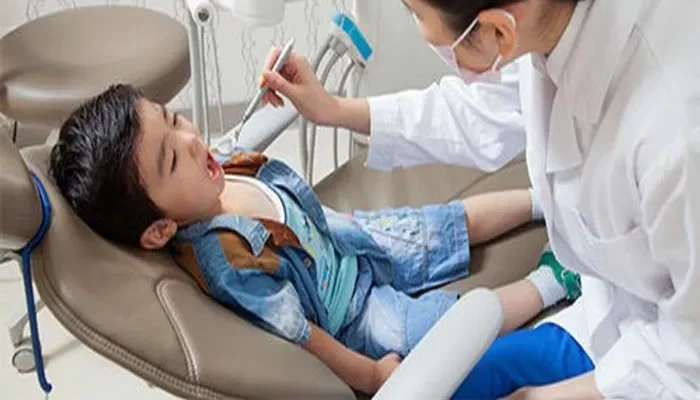Dental treatment can be a daunting experience for children, especially those who are anxious or fearful. To help manage this anxiety and ensure a safe and comfortable treatment experience, dentists often use sedatives. Sedatives are medications that produce a calming or sleep-inducing effect, allowing children to relax and cooperate during dental procedures. This guide aims to provide a comprehensive overview of the sedatives commonly used in children’s dentistry, their mechanisms of action, benefits, and potential risks.
Understanding Sedation in Children’s Dentistry
Sedation in children’s dentistry is a crucial tool that helps manage anxiety, fear, and pain associated with dental treatment. It can be particularly beneficial for children who have had negative experiences with dental care in the past, are particularly anxious or fearful, or require complex or invasive procedures. Sedation can range from minimal to deep, depending on the child’s needs and the complexity of the procedure.
Types of Sedatives Used in Children’s Dentistry
Oral Sedatives
Midazolam (Versed): Midazolam is a benzodiazepine sedative that is commonly used in children’s dentistry. It produces a calming effect and can help children relax and cooperate during treatment. Midazolam is typically administered orally in a syrup form and can be used alone or in combination with other sedatives or anesthetics.
Hydroxyzine (Vistaril or Atarax): Hydroxyzine is another benzodiazepine sedative that is used in children’s dentistry. It has both anti-anxiety and antihistamine properties, making it useful for managing anxiety and reducing discomfort associated with allergies or colds. Hydroxyzine is also administered orally and can be used alone or in combination with other medications.
Inhaled Sedatives
Nitrous Oxide/Oxygen (Laughing Gas): Nitrous oxide/oxygen is a commonly used inhaled sedative in children’s dentistry. It produces a euphoric and calming effect, allowing children to relax and feel less anxious during treatment. Nitrous oxide/oxygen is administered through a nose mask and can be adjusted to the desired level of sedation. It is rapidly eliminated from the body, allowing children to return to their normal state of consciousness shortly after the procedure.
Intravenous Sedatives
Propofol: Propofol is a sedative-hypnotic agent that is sometimes used in children’s dentistry for more invasive procedures that require deeper levels of sedation. It is administered intravenously and can produce a rapid onset of sedation and a smooth transition to sleep. Propofol is closely monitored by a dental professional to ensure the child’s safety and comfort during the procedure.
Benefits of Sedation in Children’s Dentistry
Sedation in children’s dentistry offers several benefits, including:
Improved Cooperation: Sedation can help children relax and cooperate during dental treatment, making it easier for the dentist to perform the necessary procedures.
Reduced Anxiety and Fear: Sedation can help alleviate anxiety and fear associated with dental treatment, making the experience more pleasant for children.
Pain Management: Sedation can help manage pain and discomfort associated with dental procedures, allowing children to undergo treatment without feeling overwhelmed or uncomfortable.
Safety: When administered by a trained and qualified dental professional, sedation is a safe and effective way to manage anxiety and pain during dental treatment.
Potential Risks and Complications
While sedation in children’s dentistry offers many benefits, there are also potential risks and complications associated with its use. These include:
Respiratory Depression: Sedatives can suppress the respiratory system, leading to a decrease in oxygen levels in the blood. This can be particularly dangerous in children who have respiratory conditions or are undergoing deep sedation.
Allergic Reactions: Some children may be allergic to the sedatives used in dentistry, leading to symptoms such as hives, swelling, or difficulty breathing.
Oversedation: Administering too much sedative can lead to oversedation, which can cause the child to become unconscious or unresponsive. This can be dangerous if not closely monitored by a dental professional.
Adverse Drug Interactions: Sedatives can interact with other medications that the child may be taking, leading to unexpected side effects or complications.
Conclusion
Sedation in children’s dentistry is a valuable tool that can help manage anxiety, fear, and pain associated with dental treatment. By understanding the types of sedatives used, their mechanisms of action, benefits, and potential risks, dental professionals can safely and effectively administer sedation to children, ensuring a comfortable and positive dental experience. It is important for parents to discuss their child’s needs and concerns with their dentist, as well as any medical conditions or medications that may affect the use of sedation. With proper care and monitoring, sedation can be a safe and effective way to help children receive the dental care they need.
Related topics:

